
EUROPEAN CAMELBACK KEYS

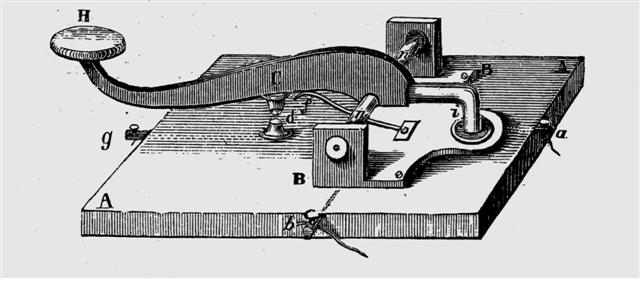 |

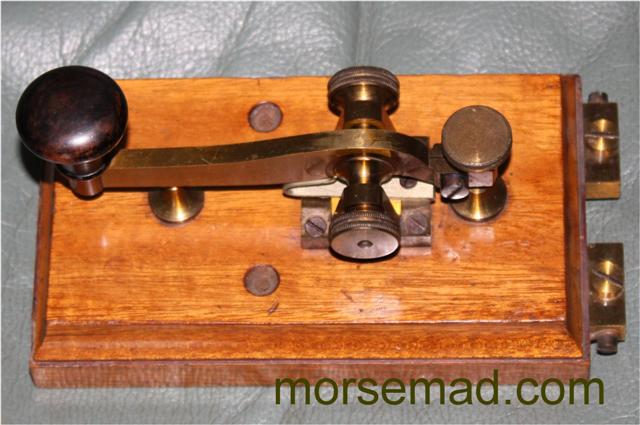 |
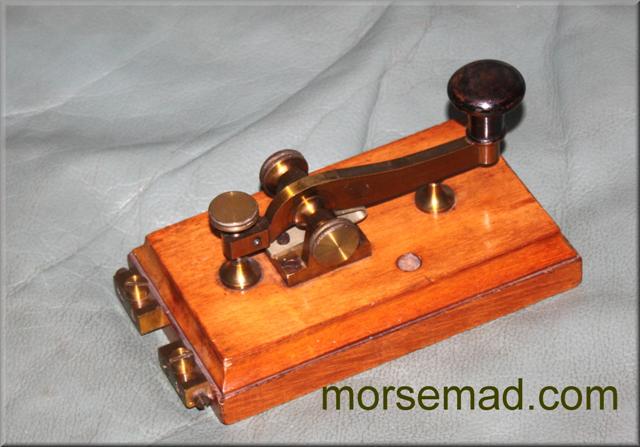 |

Interesting information on camelbacks by Stan / SP6JOE. Stan is one, if not "The" leading expert on European camelback keys.
"In 1846 in Austria, was opened the first railway line between Wien and Brunn-154 km, in 1847 Wien-Brunn-Prague 350 km. On these lines and all were used telegraphs and morse keys. First camelback was constructed in 1847 maker unknown. Camelback keys were used in Austria as well Preussen (Prussia), generally today Austria, Germany, Czech rep., Hungary. Constructor of first double camelback was Anton Schefcik, the inspector of Kaiser Ferdinand. Double camelback you can find in collection of Tom DL4PY, but original is only one of these keys".
"Most famous makers of camelbacks: Leopolder und Sohn since 1895. 1876 -95 Teirich und Leopolder/ Wien Kapsch und Sohne (sohne = sons). Since 1892 Wien Czeija und Nissl, then called Vereingte Telegraph Und Telegraphen Fabrik (logo on keys VTUTF). Then called Hekaphon. Since 1880 Wien Jacobi & Co Wien, Deckert und Homolka Wien, Budapest before 1908, Calderoni & Co Budapest since 1910....etc.."
"In 1918 after WW1 Czechoslovakia as well Hungary still produced camelbacks using the same patterns as in XIX century. I think , suppose, last camelbacks were produced to the end of WW2 or maybe to 1948?? Regards, Stan"
Camelbacks were mainly in 2 sizes, 1 at 154mm x 88mm and second larger at 175mm x 102 mm. The larger keys are an older type. Stan has also in his collection a small "table mounted" camelback size 135x56mm ! Also made were training camelbacks , (and Stan has one or two in his collection).

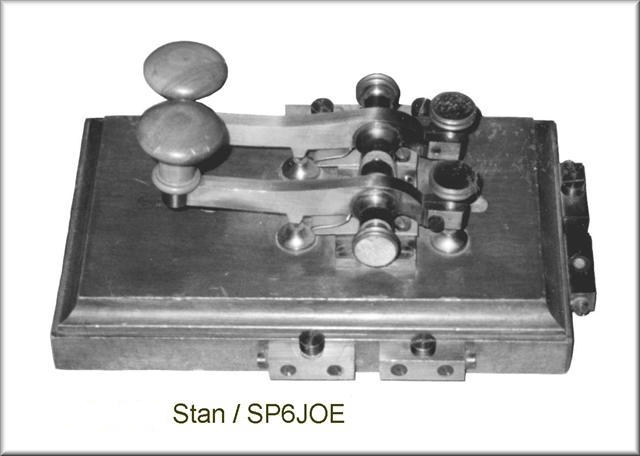 |
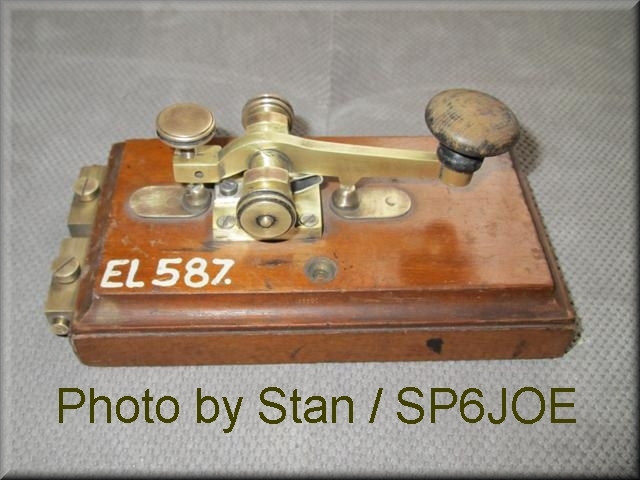 |

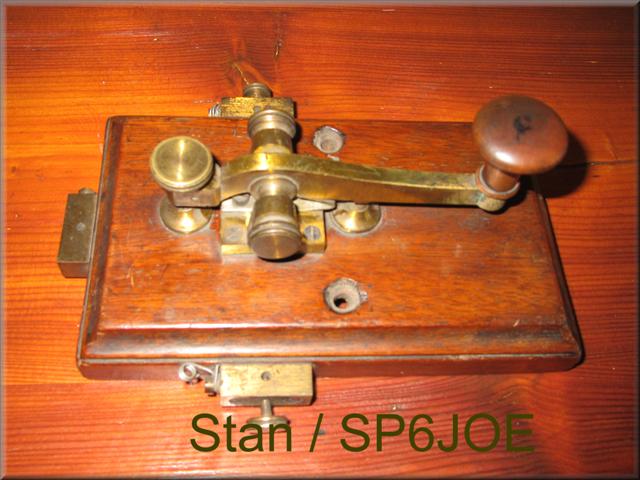 |
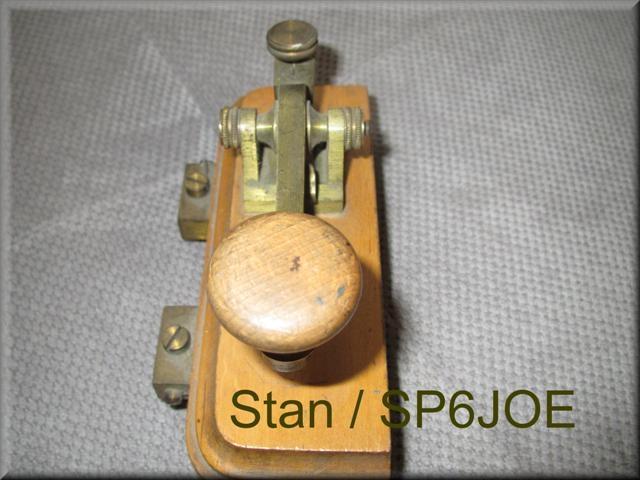 |